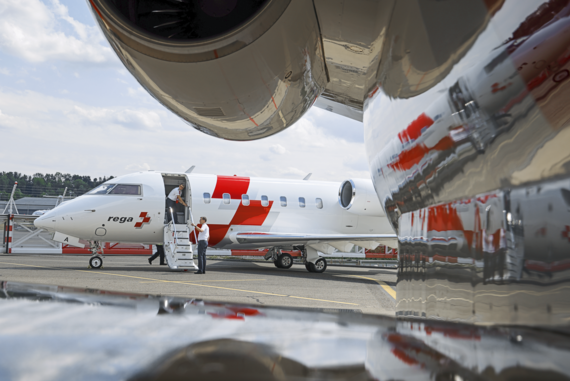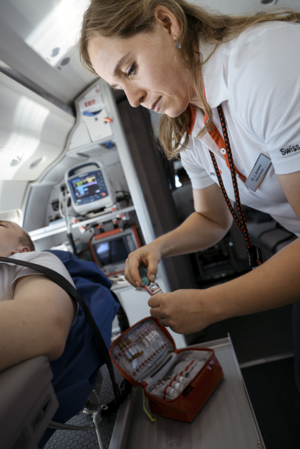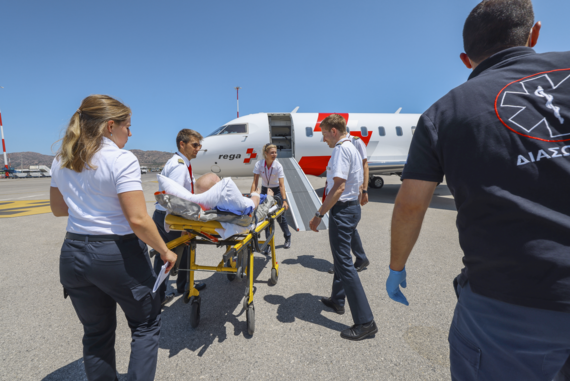It happens on one of the last days of his summer holiday with friends on the island of Crete. Remo Lack wants to take a souvenir photo of the beautiful morning ambience on the beach. He clambers a little higher up a cliff to capture the scene. While climbing down, he slips, falls around three metres and lands on his back. He remains lying there in severe pain.
Uncertainty increases anxiety
It takes more than an hour for the rescue service to arrive, and the same length of time before Remo Lack is examined in hospital. The holiday mood is gone and has been replaced by great uncertainty. For after having an X-ray, all the bank employee from Solothurn knows is that something in his back is broken. The doctors and the nursing staff hardly speak any English. How badly am I injured? Is it possible that I will never be able to walk properly again? His questions remain unanswered.
At the hospital, access for visitors is restricted due to stringent Covid regulations. One of his friends is allowed to bring him his suitcase, but otherwise he is completely left to his own devices. Remo Lack is in contact with his parents in Switzerland by phone. His father decides to call Rega. As a patron, he knows that Rega is there to help and can fly patients back home from abroad.




